It is impressive how well the wood has remained as one of the best options when decorating our home. Not only can we achieve a rustic finish, but also with the right treatment, we can create an elegant style. The problem when painting over stained wood is that, depending on the nature of the material, it could be compromised to the point of irremediably damaging it.
Painting stained wood is possible, and it is a way to revitalize the finish if it has deteriorated over time (or even if what we are looking for is a change of environment).
The paint is easy to use, it allows us to achieve multiple styles, it is economical and we do not need to install new decorative pieces to create a new classic, daring or modern environments.
Now, when it comes to wood, we may face an enemy that is difficult to deal with, especially since it is likely to be varnished. The varnish works as a protective layer against external agents, so it is difficult to treat.
Painting over stained wood becomes more complicated when you realize that the varnish makes the porous surface of the wood smooth. Thanks to this, the adherence of layers of paint on it will be more difficult.
Today we come to give you hope about your future decoration plans. All types of varnished wood can be repainted. Depending on the type of varnish, the process will be slightly altered (besides if it is a structural piece of the house or if it is wood in a piece of furniture). Even the darker varnish can be changed.
Is it completely necessary to remove the varnish?
Definitely. At least if we want a quality result. Varnished wood will hinder the painting process.
We must also consider that not all the wood has been varnished. In fact, in cases of very old wood, this has likely lost the varnish layer a long time ago. The first thing we can do is to check with our hand if the wood feels soft. In general, an unvarnished wood will be porous or splintery.
Painting over stained wood? Steps and materials
Materials that we will need
- 150 grit sandpaper
- Primer
- Tack Cloth
- Tarpaulins, newspapers, or other material that we can use to protect the wall and floor
- Paint for the wood of the color that we want
- Brushes of multiple sizes
- A screwdriver or multipurpose knife in case we have decorations, knobs or smithy in general in the wood.
Remove the accessories
If we have installed pieces of blacksmith on our strip of stained wood, we must remove them before doing any action, so that the removal of the varnish and subsequent painting are homogeneous.
The following are the cases where we must remove objects from the wood: if there are nails or screws (we must remove them and then fill the holes with putty to have a smooth surface), the handles, drawers, and knobs.
Always keep a damp cloth handy to clean the paint in case it falls on unwanted parts. In case the paint is oil-based, we will need to moisten it with thinner.
Preparing the surface to be painted
We have already mentioned it, but it is important to emphasize that painting over stained wood is all about being prepared. The surface we will paint needs to be cleaned and dry. It cannot have any type of chip that could interfere when painting.
With an air extractor, we can blow the dirt. The imperfections can also be sanded with a fine grain paper. If there is still dust on the surface, use a damp cloth to remove it.
Another step of preparation that we must take into account is whether our wood is greasy. If this is the case, we will need to acquire trisodium phosphate to eliminate it.
The process is simple: using gloves, immerse a sponge in the compound and rub on the wooden surface. Wait one or two minutes and then remove with another sponge. Finally, rinse the wood. The manipulation of trisodium phosphate should be done with caution, and in case it comes in contact with the skin, you should rinse the area quickly.
Varnish removal
The process to remove the varnish takes considerable time and must be done with the corresponding removal products. We can do it in the place where the wood is installed, but if there is the possibility of taking it out to work in someplace like the garage, then much better.
If we will do it anyway without disassembling them, then mask the adjacent areas with painter’s tape and protect the floor with rags and papers.
The sanding process could take considerable time since we must do it until there is no shine in the wood. It is advisable to take a few days to make it look good. In addition, use a mask at all times to avoid allergies and poisoning.
When sanding an area, use a damp cloth to remove excess wood dust.
Never proceed without first repairing the wood
If cracks or blows were formed, you must repair them before continuing so as not to compromise the result. For this, you will need wood filler, which can be obtained in hardware stores. After the paste is applied and it dried, remove excess with sandpaper and then clean it.
Another thing you will need to do, and not necessarily fall into the category of repair, is to fill the holes with putty paste to level the wood. Painting finished wood depends to a large extent on the quality it has when we do it, so we must ensure that it does not have imperfections.
It is time to apply the primer
Before applying the paint, we must place a layer of primer that guarantees that our work is not lost. The primers are available in base oil or lacquer, and the correct selection of which we will use will depend only on the type of paint stain that we plan to cover.
At our trusted hardware store, tell the seller what type of stain is going to change, and it should tell you what type of primer you should use.
The primers work differently, so there are some that dry in one night and others that it is advisable to let stand for 2 days. Those made from shellac, for example, dry in a couple of hours.
For a better result, try that the primer is identical to the color of the stain you are painting since it is usually filtered and can create unwanted stains.
We are ready to paint
Can I paint over stain? If we have already done all the previous steps, affirmative, we are ready to paint.
If you are looking for a matte finish, the latex-based paint is perfect, and it dries quickly. If, on the other hand, we want a shiny appearance, we will need to use oil paint, although it takes a little longer to dry.
Anyway, we recommend that, if it is a piece of furniture frequently used, you should use oil-based paint, since it is more resistant. Always use at least two coats of paint to obtain the best quality (especially when dealing with dark spots, which are more difficult to conceal).
Once we select the paint we are going to use, we will proceed to paint the wood. If we use two or more layers, be sure that the previous layer is completely dry.
A tip: if the paint we will use will be based on oil, it is best if the primer is oil base. Similarly, if the painting will be based on latex, the primer should be identical. You could also skip the step of the primer if you buy paint that already includes it in its mix. This does not mean that you should not consult a painting professional before making any decision.
Consider that the room where we will paint must be ventilated since these products give off a very strong aroma. If you can afford it, work outdoors. The application of the paint will also vary depending on the type we use. In the case of paint based on latex, we have the freedom to use brushes or rollers. When it comes to oil-based paints, it is best to use a brush with natural bristles. In the first case, the paint will be ready in 4 hours, while in the second, it will dry after about 8 hours.
The application of the paint will also vary depending on the type we use. In the case of paint based on latex, we have the freedom to use brushes or rollers. When it comes to oil-based paints, it is best to use a brush with natural bristles. In the first case, the paint will be ready in 4 hours, while in the second, it will dry after about 8 hours.
Now it’s time to apply a second coat of paint. Using the same previous procedure, repaint the entire piece of wood. If you still do not get the desired color, reapply another coat of paint, and continue until you get the result that you are looking for.
It’s time to put everything together
After the painting process, we will have to put everything back in its place. This means that if we remove the pieces of wood, it is time to put them back where they were. Likewise, any decoration that it had, such as door handles, screws, among others, can now be placed in their sites.
If you enjoyed reading this article about painting over stained wood, you should read these as well:
- Faux Painting Techniques That Revamp Your Place
- Living Room Interior Painting Ideas
- How to clean paint rollers after painting the walls
The post Painting over stained wood: How to do it properly appeared first on Impressive Interior Design.
source https://www.impressiveinteriordesign.com/painting-over-stained-wood/
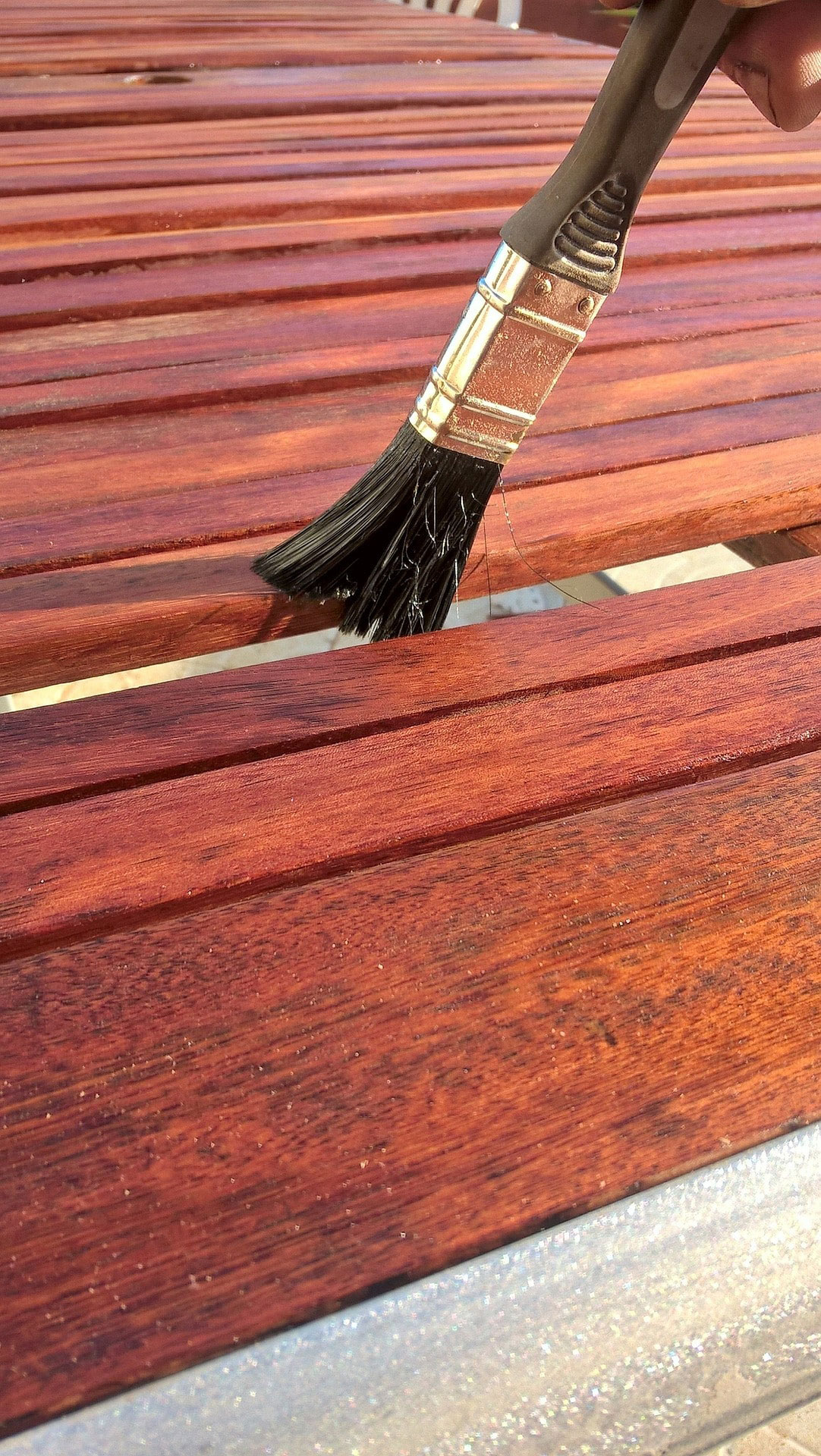
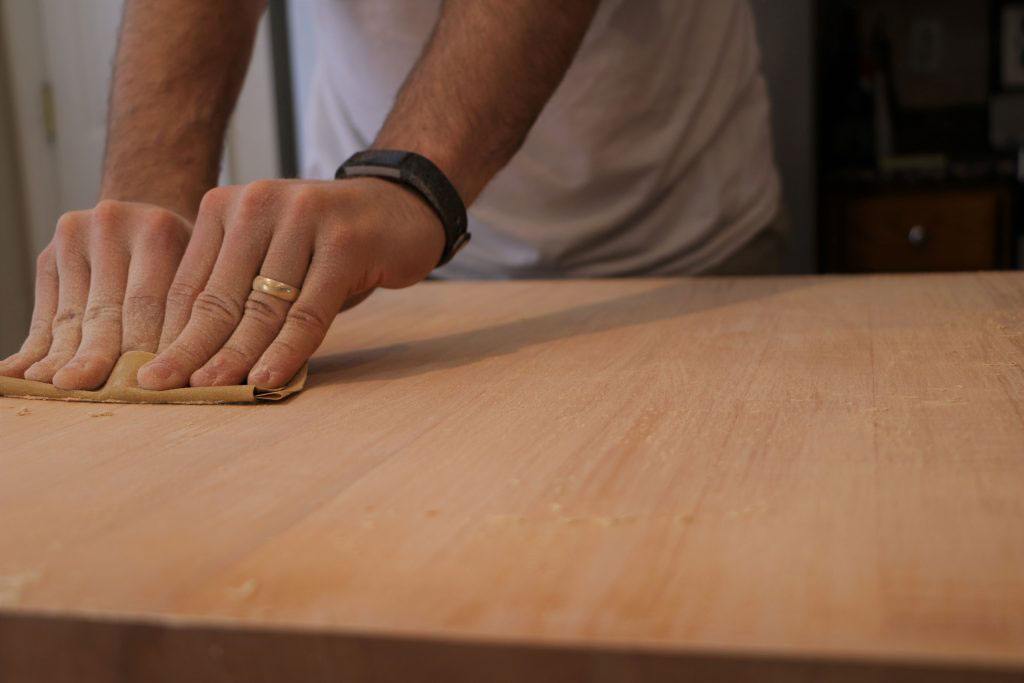


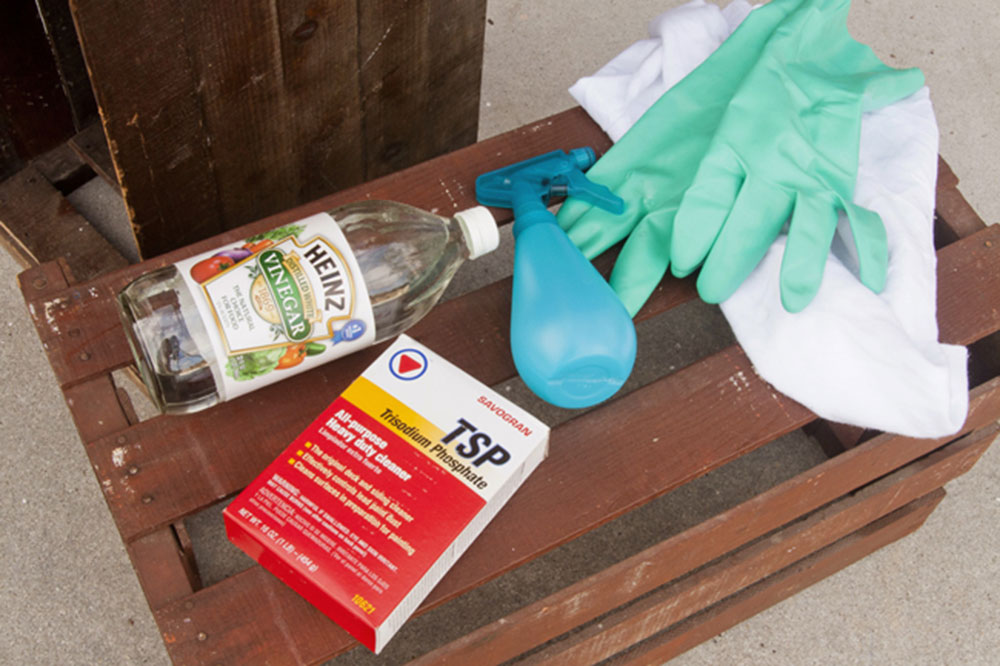

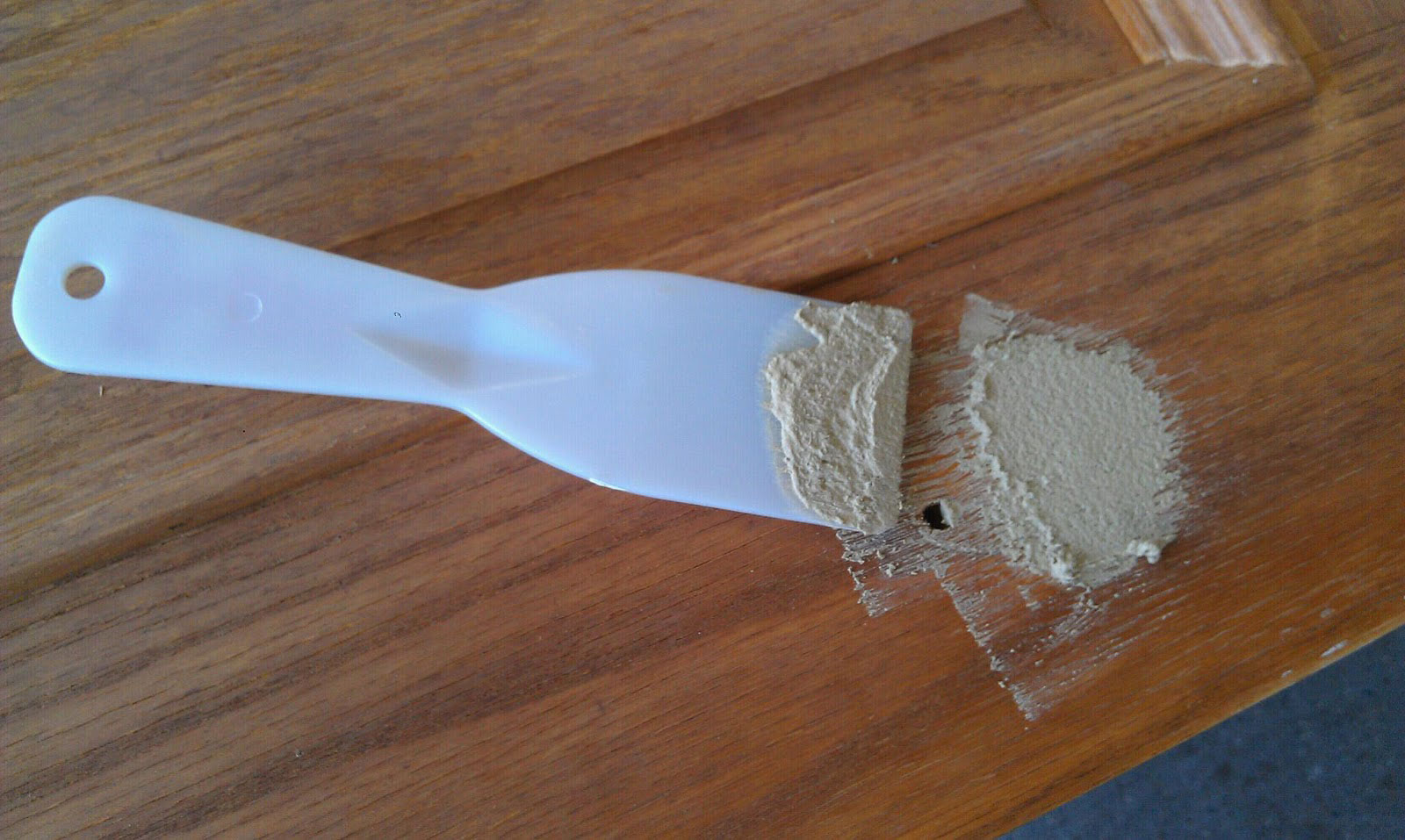


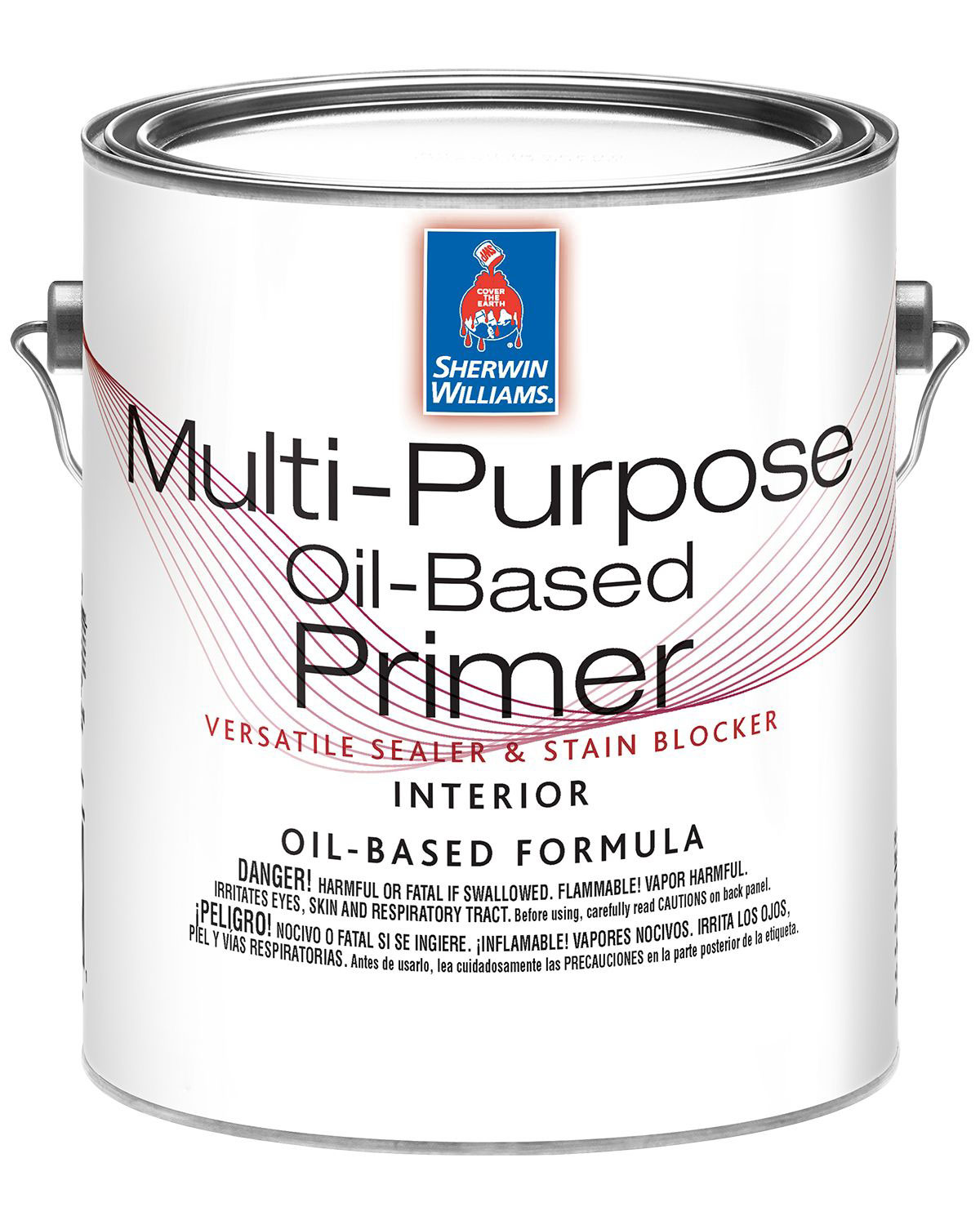
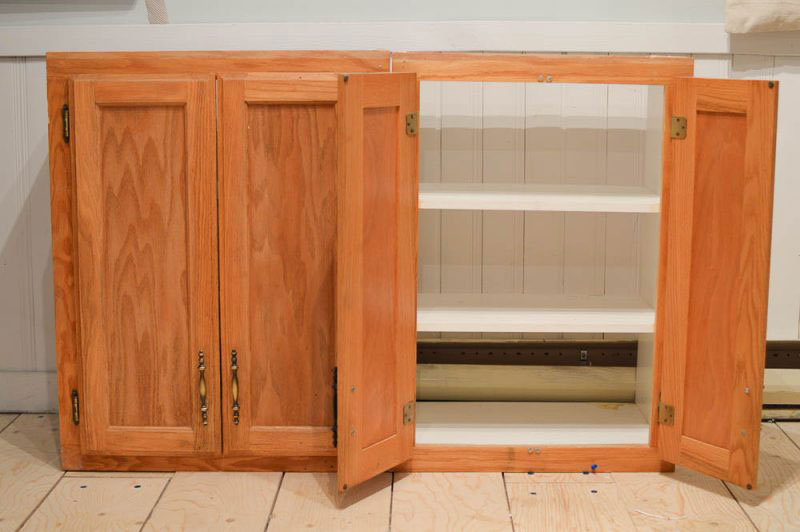
No comments:
Post a Comment